One of the most important challenges member states are facing while developing public services is the lack of interoperability across sectors what hinders the set-up of seamless services compliant with the once-only- principle. At European level, the situation is more challenging since interoperability is fundamental for the provision of cross-border services targeted to citizens and businesses moving around in Europe. To overcome those barriers, the ISA² programme of the European Commission launched back in March 2017 the revised version European Interoperability Framework (EIF), a more practical, detailed and up-to- date instrument which was enshrined in eGovernment Ministerial Declaration last October as a roadmap for the digitalisation of public administrations.
Interoperability is the ability of organisations to interact towards mutually beneficial goals, involving the sharing of information and knowledge between these organisations, through the business processes they support, by means of the exchange of data between their ICT systems.
The new European Interoperability Framework (EIF) is part of the Communication (COM(2017)134) from the European Commission adopted on 23 March 2017.
The purpose of the EIF is three fold: to inspire European public administrations in their efforts to design and deliver seamless European public services to other public administrations, citizens and businesses which are to the degree possible, digital-by- default, cross-border- by- default and open-by- default; to provide guidance to public administrations on the design and update of national interoperability frameworks (NIFs), or national policies, strategies and guidelines promoting interoperability; to contribute to the establishment of the digital single market by fostering cross- border and cross-sectoral interoperability for the delivery of European public services.
The framework gives specific guidance on how to set up interoperable digital public services; and it offers public administrations 47 concrete recommendations on how to improve governance of their interoperability activities, establish cross-organisational relationships, streamline processes supporting end-to- end digital services, and ensure that both existing and new legislation do not compromise interoperability efforts. Some of the recommendations support open data under the principles of openness and reusability, which fully aligned with the PSI directive.
The successful implementation of the EIF will improve the quality of European public services and will create an environment where public administrations can collaborate digitally. Additionally, all of us need to be well aware of the fact that Member States' efforts for the digitalisation of their public administrations need to be coordinated at European level, thus ensuring that all public administrations in Europe from local to national level are aligned to sound inoperability principles. To make this possible, Member States count on the support and guidance of the Interoperability Framework Observatory (NIFO). NIFO provides an objective, up-to- date picture of interoperability activities across Europe. In fact, NIFO analyses the alignment of the National Interoperability Frameworks of EU Member
States and associated countries with the EIF, spotting what interoperability improvements are needed and proposing ways on how to leverage from interoperability for better public service delivery. NIFO is facing new challenges this year with the launch of a new monitoring mechanism what will start measuring the level of implementation of the new EIF. NIFO will also undergo a full renovation of the observatory to account for any digital administration and public modernisation initiatives.
Even though there is an excellent NIF-EIF alignment in Europe (75% on average), we still need to work further in Belgium, a country which is lagging behind when it comes to the alignment with the old EIF principles, though BE scores high in the implementation, 62%.
The new EIF will also play a crucial role in the context of the Commission priority to create a Digital Single Market in Europe. The public sector, which accounts for over a quarter of total employment and represents approximately a fifth of the EU’s GDP through public procurement, plays a key role in the Digital Single Market as a regulator, services provider and employer. Belgium has a good potential to leverage from the Digital Single Market since a high percentage of individuals are already interacting with public authorities over the internet.



Share